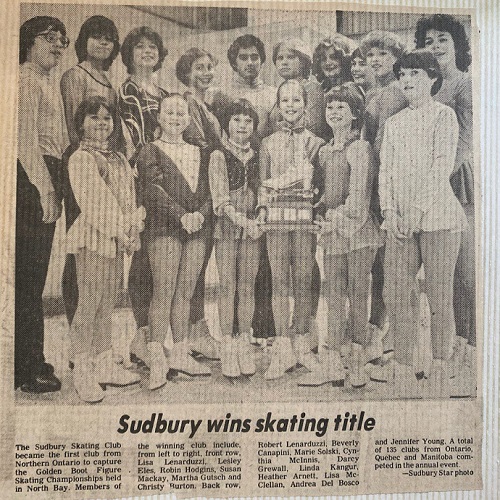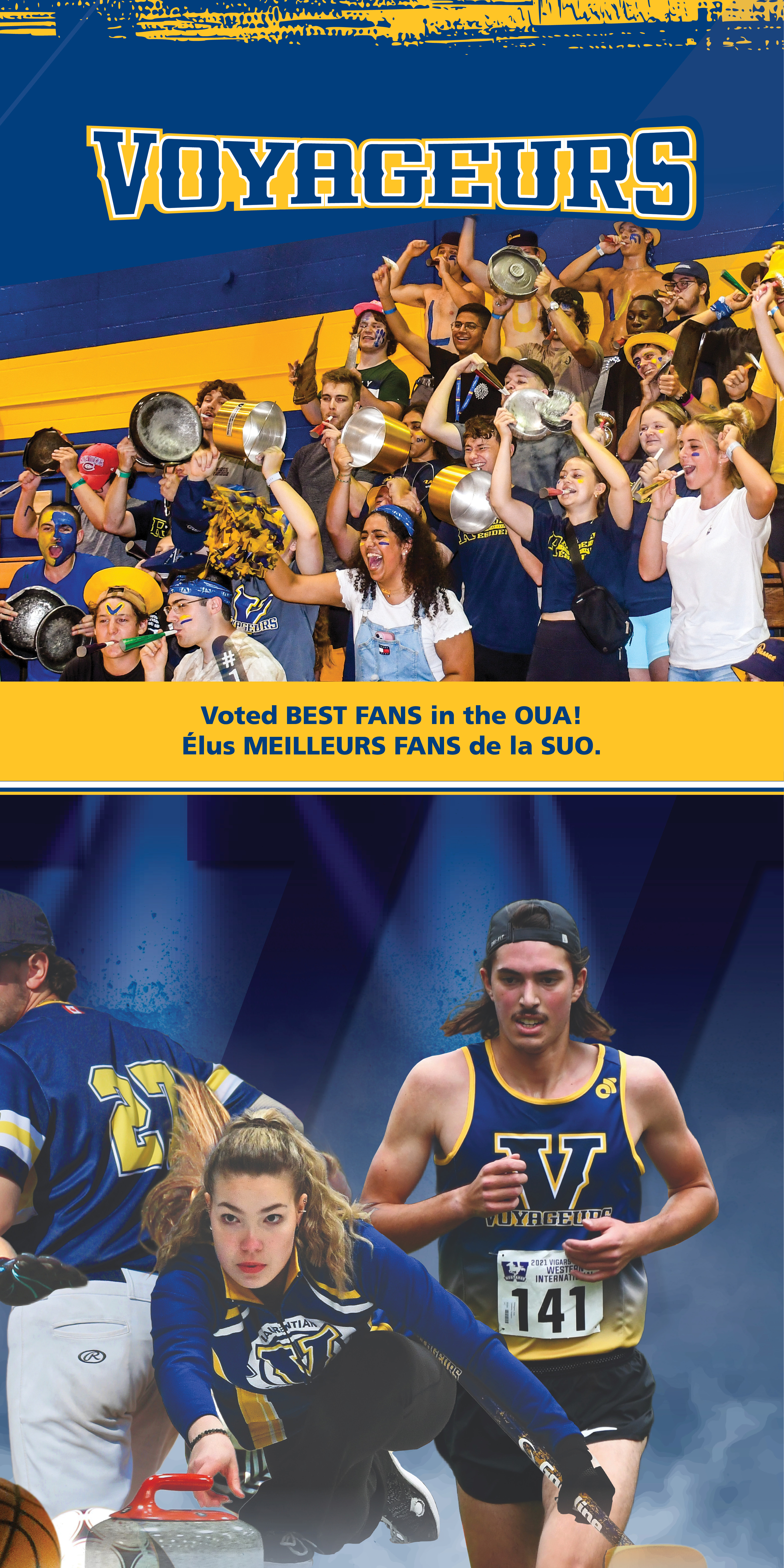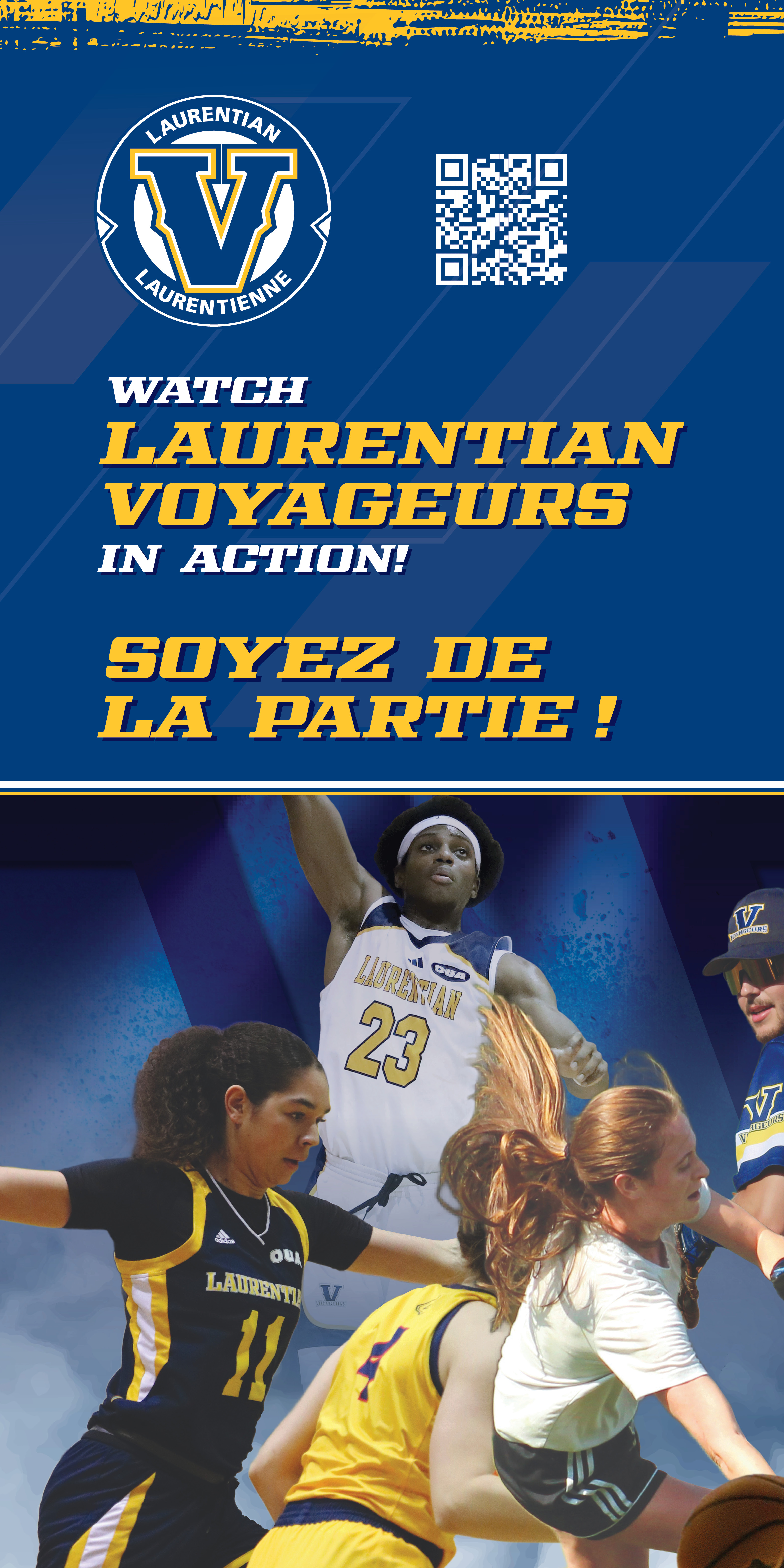
Heather (Arnett) Basso and Robyn (Hodgins) Lasci easily recall the painstaking process of laying one compulsory figure after the next on the ice, an integral part of the sport that earned its very name from the highly detail-oriented task.
Ask most figure skaters today about compulsory figures and you are likely to get a most quizzical look, at best. And to think that this is but one of the countless changes that have been seen for those who don the toe-picked skates, sending their bodies through spins and jumps and various other combinations, all while trying to interpret effectively the music that accompanies their performance.
Sure, judging has been overhauled, music can now contain lyrics and much of the way in which competition is staged bears little resemblance to what would have been witnessed almost a half-century ago; but the lure of the rink and what that clean sheet of ice held in store has not diminished in the least.
“I came home one day and my friend was heading to do figure skating at Sudbury Arena and wanted me to go with her,” said Basso, one of the longest serving coaches of figure skating in the region. “That’s how I started.”
Where those who pre-dated her by maybe five or ten years likely garnered their first experience of figure skating on the extensive network of outdoor playground rinks in the city, the landscape for the youngsters had become somewhat more civilized by the time that Arnett and Hodgins and many of their contemporaries (Lisa and Robert Lenarduzzi, Patrick Greasley, Lisa McClellan, Lesley Eles, Susan McKay, Christy Burton, Dina Dellelce, Andrea Del Bosco - and countless others) arrived on the scene in the mid-seventies.
“I loved skating at Sudbury Arena; that is still my favourite arena,” said Basso. “The atmosphere of all of the seats all the way around; it’s so big – even though we were on after the Sudbury Wolves and the ice was so cut up.”
First registered for lessons at the age of five, (Hodgins) Lasci progressed quickly, skating until the age of 18, a career which took her to countless events right across the province. Even as she now makes a return to adult skate at the age of 52, the young woman who grew up in New Sudbury eases into a smile as she thinks back upon her formative skating days.
“I could pretty well whip off any kid of double and continue on with more after that – but the double axel was the bane of my existence,” said Lasci. “Always has been. I was working on triples and could two-feet them from time to time, but could never get them clean.”
If much is different about the environment is which skaters today develop, some core pathways remain – including the notion of travelling south, to larger centres, in search of even greater training opportunities. “I went away to Mariposa for two summers,” said Lasci. “Those stand out because I was 13 and away from home.”
A self-acknowledged competitor by nature, Lasci can now reflect comfortably about the entire scope of looking to pursue your dream while still dealing with all that the teenage years will throw your way.
“I was terrified – but it was a great experience,” she confessed. “That’s what you did to improve your skills and have a different perspective. I would bike to the arena and spend all day there. I was an athlete.”
Most proud of the fact that she passed her junior competitive level – “it’s called something different now” – Lasci still enjoys fond memories of some of the very unique venues that dotted northeastern Ontario, citing the Skokie Skate in Huntsville as one of her favourites.
“The arena was old and wooden and we got to stay in the two motels that were close by,” she said. “It was a small quaint town at the time.”
And for pretty much every figure skater around, the choice of music is always a lively discussion, with Lasci painting a picture where technology has changed, but much of the guiding principles have not.
“The music was difficult because you had to splice the tape and you had to find something that your neighbour didn’t have,” she stated, recalling a fast little jingle, a Henry Mancini piece, she believes, possibly from the Pink Panther soundtrack.
“When I got older, in junior competitive, Wendy (Philion) let me pick my own music and it was an instrumental by Duran Duran. I was a huge fan – but I also loved classical music. And a lot of skaters were skating to Jesus Christ Superstar.”
If competition created the longevity to the bond that (Hodgins) Lasci enjoyed with skating, coaching did much the same for (Arnett) Basso – something the now 59 year old would realize very early on. “I got really involved coaching Can Skate, the little kids, even when I was still really young,” she reminisced.
“Mrs (Audrey) Lenarduzzi used to keep us all on track; she was so funny.”
One constant, it would seem, regardless of the sport, regardless of the era, still permeates through the social aspect of youth athletic activities, the very notion that the attraction of committing oneself to so many practices, workouts and competitions lies in all those who surround you during the voyage.
“A lot of my friends now were skating friends, more than my school friends even,” opined Basso. “It seemed that I always wet back to my skating crew.”
Like Hodgins, Arnett would not reach top-end national status, though the chance to really test herself against the best in the province still brings some details to mind, so many years later. “I remember going to (Ontario) Winter Games, but I don’t remember where it was,” she laughed.
“I remember going without my mother. That was, for me, fun, I guess, but also a little stressful.”
Like Lasci, Basso would skate right through high-school, making the decision to seriously join the coaching ranks while attending Laurentian University. “My dad said if you find something you love to do, you should do it,” she said.
And like Lasci, the talk of the musical component of figure skating flows into another interesting conversation, with Basso benefitting from several points of reference on the topic. “I actually always wanted to be a ballet dancer – I don’t know why,” she said, music clearly linking the undertakings of dance and skating.
“When I actually did it, I really didn’t like it. Skating is so much more free – and jumping and spinning was fun. I won the Olympics in my basement quite a few times.”
And that’s a goal that remains timeless.






